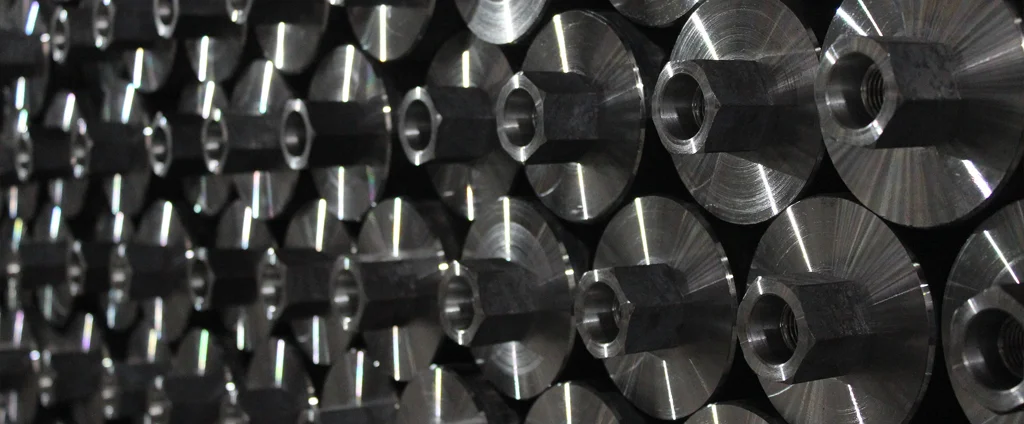SAE/AISI 1146 Carbon Steel (UNS G11460)

SAE/AISI 1146 is a resulfurized carbon steel alloy valued for its high strength, excellent machinability, and cost-effectiveness. It can be heat treated to enhance mechanical properties, making it well-suited for demanding applications in automotive and industrial sectors.
| Chemical Composition | ||
|---|---|---|
| Element | Min | Max |
| Iron | 98.34% | 98.88% |
| Carbon | 0.42% | 0.49% |
| Manganese | 0.70% | 1.00% |
| Phosphorous | —— | 0.04% |
| Sulfur | 0.08% | 0.13% |
The following table provides a list of SAE/AISI 1146 properties in both SI and US customary/Imperial units.
Click on the button to switch between Metric and Imperial units.
| Physical Properties | Metric |
|---|---|
| Density | 7700 - 8030 kg/m3 |
| Mechanical Properties | Metric |
| Tensile Strength (Ultimate) | 670 - 730 MPa |
| Tensile Strength (Yield) | 360 - 630 MPa |
| Young’s Modulus (E) | 190 - 210 GPa |
| Bulk Modulus (K) | 140 GPa |
| Shear Modulus (G) | 80 GPa |
| Elongation at Break | 13 - 17% |
| Reduction of Area | 40 - 45% |
| Poisson’s Ratio (ν) | 0.27 - 0.30 |
| Brinell Hardness | 190 - 200 |
| Thermal Properties | Metric |
| Thermal Conductivity | 51 W/m·K |
| Specific Heat Capacity (Cp) | 470 J/kg·K |
| Coefficient of Thermal Expansion (αL) | 1.3×10-5 1/°C |
| Electrical Properties | Metric |
| Electrical Conductivity | 4.12×106 S/m |
| Electrical Resistivity | 2.43×10-7 Ω·m |
The values in this table are approximate and can vary depending on various factors such as the specific manufacturing process and heat treatment applied to the alloy.
Advantages & Disadvantages of 1146 Carbon Steel
| Advantages | Disadvantages |
|---|---|
| High strength and toughness | Susceptible to corrosion |
| Good machinability | Can be brittle at high temperatures |
| Can be heat treated to improve properties | Welding can be difficult |
| Relatively inexpensive |
Applications of 1146 Carbon Steel
SAE/AISI 1146 is commonly selected for components requiring reliable machinability and moderate strength. Typical applications include:
- Automotive: Used in a variety of automotive components, including gears, crankshafts, camshafts, axles, connecting rods, pistons, and other components.
- Machinery: Used in a variety of machinery components, including gears, shafts, bearings, and other components.
- Tools: Used in a variety of tools, including dies, saw blades, drill bits, and other cutting tools.
- Welding: Used in a variety of welding applications, including electrodes and wire.
